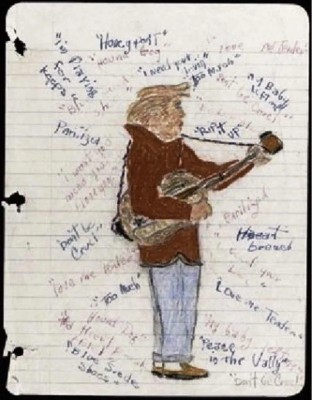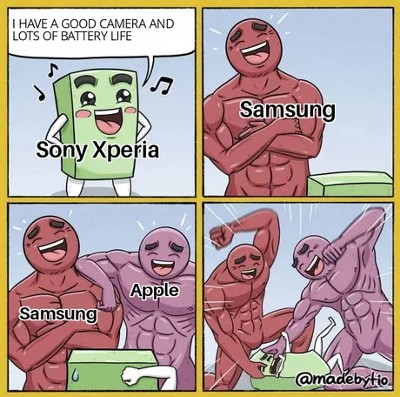Siege of Sarajevo (1992–1996): the longest modern siege marked by war crimes, civilian resistance, and a fight for survival
The 1425-day Siege of Sarajevo: a brutal chapter in the Bosnian War, shaped by Yugoslavia's collapse, NATO airstrikes, and the Dayton Peace Accords
Table of Contents
- The Beginning of the War in Sarajevo
- The First Victims: Suada Dilberović and Olga Sučić
- Football and the War: The Game That Never Happened
- Early Attacks and the Siege Begins
- Casualties and the Cost of Siege
- The Tunnel of Hope
- International Reaction and the End of the Siege
The Beginning of the War in Sarajevo
On this day, April 5th, 1992, the war in Sarajevo began. It marked the start of what would become the longest siege of a capital city in modern history, lasting 1425 days until February 29th, 1996. The city, once peaceful, quickly turned into a battlefield as Serbian paramilitary forces began their assault.
The First Victims: Suada Dilberović and Olga Sučić
The first casualties of the war were Suada Dilberović and Olga Sučić. Suada, a 24-year-old medical student originally from Dubrovnik, and Olga, a 34-year-old clerk and mother of two, were killed during an anti-war protest on a bridge in Sarajevo. That bridge now bears their names. They were shot from positions held by Serbian paramilitary forces located in the Grbavica neighborhood. A plaque at the site reads: "Kap moje krvi poteče i Bosna ne presuši" (A drop of my blood flows, and Bosnia does not run dry).
Football and the War: The Game That Never Happened
The war even reached the football fields. On April 5th, 1992, FK Željezničar was scheduled to play FK Rad from Belgrade at Grbavica Stadium. Around 2,000 spectators were waiting for the match when the shooting began at 14:55, just before the 15:30 kickoff. Panic erupted. Spectators fled, and players took shelter beneath the stands. The stadium was later occupied and burned by Serbian forces.
The reporter Fuad Krvavac wrote about the incident, noting how both teams had hoped to play, despite the danger. But war had already arrived. The stadium was shelled, and bullets struck the northern and western stands. A group of radio technicians narrowly escaped death when a bullet hit right above them.
Zdenko Jelić, Željezničar’s director at the time, stated: "We tried everything, but politics is stronger." Rad's president, Zaka Perović, added: "We just wanted to play sport. That’s why we came. Everyone here supported us in these hard times. Thank you to them all."
It was the match that never happened, yet another symbol of life interrupted by war.
Early Attacks and the Siege Begins
That same afternoon, Serbian forces attacked a police academy in the part of Sarajevo already surrounded. They opened fire with support from Yugoslav army tanks, killing 16-year-old student Samir Mišić. More than 800 students and teachers were taken hostage and transported to Pale, later released after several days.
By April 6th, Sarajevo was completely surrounded. Roads were blocked, and the city, which once celebrated its liberation during World War II on that date, was now under siege — one that would last until the Dayton Peace Agreement in late 1995.
Casualties and the Cost of Siege
During the siege, more than 11,500 people lost their lives in Sarajevo. Over 1,600 of them were children. The population endured daily shelling and sniper fire, with an average of 329 grenades falling on the city each day. On July 22nd, 1993, 3,777 grenades struck Sarajevo in a single day — the highest recorded number.
Serb forces cut off the city from food, medicine, electricity, water, and heating. The civilian population was often the target, and every trip outside was a risk.
The Tunnel of Hope
To break the isolation, citizens built the "Tunnel of Hope" beneath the airport. This secret passage allowed for the delivery of food, medicine, and weapons and enabled the evacuation of the wounded. The tunnel became a symbol of resistance and survival.
International Reaction and the End of the Siege
The Markale marketplace massacre in February 1994, where 68 civilians were killed, triggered a global outcry. NATO launched air strikes against Serbian positions in August and September 1995. Combined with advances by Bosnian and Croatian forces, this led to negotiations and the signing of the Dayton Peace Agreement in December 1995, officially ending the war.
Football and the War: The Game That Never Happened
The war even reached the football fields. On April 5th, 1992, FK Željezničar was scheduled to play FK Rad from Belgrade at Grbavica Stadium. Around 2,000 spectators were waiting for the match when the shooting began at 14:55, just before the 15:30 kickoff. Panic erupted. Spectators fled, and players took shelter beneath the stands. The stadium was later occupied and burned by Serbian forces.
The reporter Fuad Krvavac wrote about the incident, noting how both teams had hoped to play, despite the danger. But war had already arrived. The stadium was shelled, and bullets struck the northern and western stands. A group of radio technicians narrowly escaped death when a bullet hit right above them.
Zdenko Jelić, Željezničar’s director at the time, stated: "We tried everything, but politics is stronger." Rad's president, Zaka Perović, added: "We just wanted to play sport. That’s why we came. Everyone here supported us in these hard times. Thank you to them all."
It was the match that never happened, yet another symbol of life interrupted by war.
Get Free Gifts & Best Stories!
Join our newsletter to get our top stories of the month and free merch.
- 📚 Cool Stories: Read stories you won’t find in textbooks.
- 🎁 Free Gifts: Get exclusive stickers, t-shirts, and more!
Only 1 email a month. No spam, we promise!

